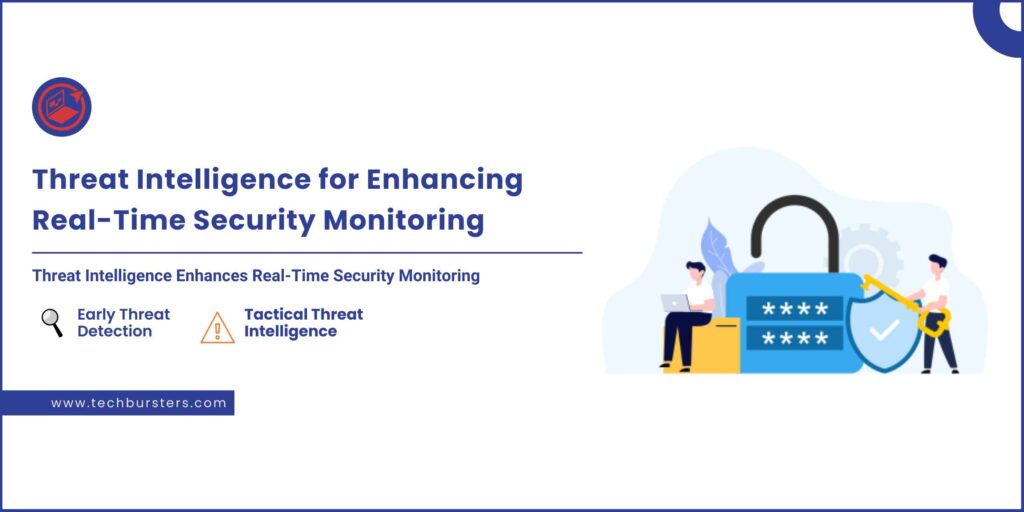
As technological advancements are taking place, humans are becoming more and more evolved. And the companies run by these humans are also changing. But the problem lies in the access to these technological advancements by the people with the wrong mindset. Today, data is everything, and companies can grow at an unprecedented rate by leveraging it. But if the data of a company gets compromised by the wrong people, a company can be shut down in minutes. That’s why threat intelligence is really very important for the safety of such data. But what exactly is threat intelligence, and how does it safeguard a company’s data? Let’s learn about it in this blog.
What is Threat Intelligence?
Threat intelligence refers to the collection, analysis, and application of data related to potential or existing cyber threats. It basically helps organizations safeguard themselves against potential threats by letting them access actionable insights on actors, their usual tactics, and the motive behind the threat. It’s imperative to do so, as a single threat can cost companies a million to billion dollars of loss. For instance, a hacker recently hacked the Rockstar database, a popular game development company, and leaked the game plays of their unreleased game GTA 6. The motive behind such an attack can be extortion from the company against the hacker’s access to data.
However, with threat intelligence, such threats and the vulnerabilities causing the danger can be identified and sorted in advance. But that’s not the only type of threat intelligence that exists. There are actually three types of threat intelligence which are:
1) Strategic Threat Intelligence
It is to get insights into emerging threats, trends, and attack methodologies getting used by cybercriminals.
2) Tactical Threat Intelligence
TTI helps to fetch the technical details, such as Indicators of Compromise (IoCs), that can be used to strengthen security defenses.
3) Operational Threat Intelligence
OTI refers to the real-time data on active threats. It helps organizations to respond quickly and mitigate risks effectively.
How Threat Intelligence Enhances Real-Time Security Monitoring
1) Early Threat Detection
Threat intelligence feeds provide security teams with real-time data on new and emerging threats. By correlating this data with live network traffic, security systems can identify potential threats before they compromise systems. The CMMC guide outlines the specific practices and processes required at each level to ensure compliance.
2) Improved Incident Response
With real-time threat intelligence, security teams can prioritize and respond to threats faster. Automated alerts and detailed contextual information allow organizations to take immediate action, minimizing damage and reducing downtime.
3) Predictive Security Analysis
Threat intelligence not only helps in identifying active threats but also in predicting future attacks. By analyzing past attack patterns and hacker methodologies, security teams can anticipate potential risks and fortify their defenses accordingly.
Key Technologies Powering Threat Intelligence for Security Monitoring
1) Security Information and Event Management (SIEM)
SIEM systems are to collect, analyze, and correlate security data from various sources. It enables real-time monitoring and threat detection.
2) Intrusion Detection and Prevention Systems (IDPS)
IDPSs use threat intelligence to detect and block malicious activities even before they enter the organization’s private network.
3) Artificial Intelligence (AI) and Machine Learning (ML)
AI-driven threat intelligence platforms analyze vast amounts of data to identify potential threats. While it can be done manually, using AI allows faster processing.
Conclusion
To sum up, thread intelligence is a new and advanced way to mitigate threats even before their occurrence. It’s similar to the prevention better than cure approach, but it also focuses on the strength of the cure. For organizations dealing with crucial data, threat intelligence can’t be neglected at any cost.
